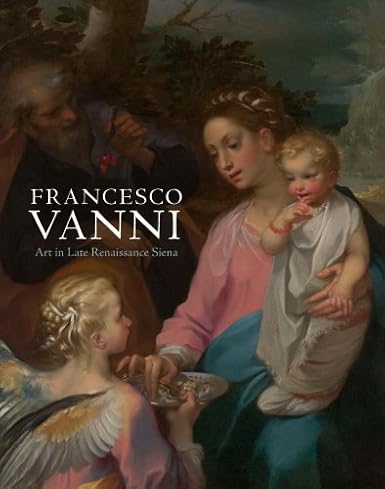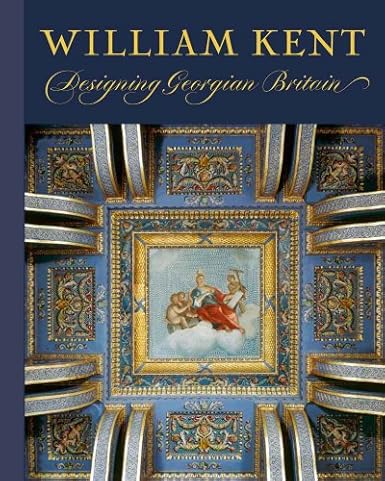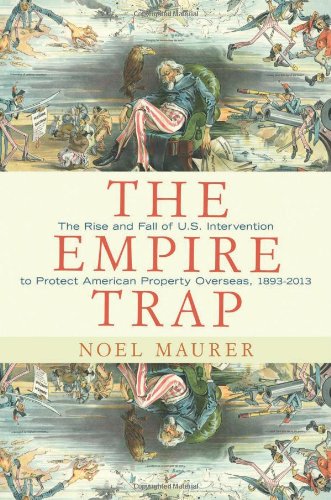Brief notes on some new books I've read recently, art & architecture followed by a selection of everything else.
 |
| Picture: Amazon |
John Marciari and Suzanne Boorsch et al Francesco Vanni: Art in Late Renaissance Siena Yale University Art Gallery 2013, £40
This exhibition catalogue is a fine introduction to Francesco Vanni, a Sienese follower of Barocci who deserves to be better known. A good short introduction outlines his career and offers astute judgment on his work. It highlights that he was not a student of Barocci's, but freely chose to adopt his style - unusual this early. There's only one painting firmly attributed to him in the UK (in Edinburgh), but the British Museum has a selection of his drawings. He's perhaps mainly valued as a draughtsman today; some of his drawings in red and black chalk are especially appealing. I'm sorry not to have gone to the exhibition, but this well-written and well-illustrated book is some compensation.
 |
| Picture: Amazon |
Timothy Clark, C. Andrew Gerstle, Aki Ishigami & Akiko Yano (eds) Shunga: Sex and pleasure in Japanese Art British Museum Press 2013, £50
I was absolutely fascinated by the Shunga exhibition at the British Museum, and I was impressed by the artistry as well as the humour on display. I came to it from a position of complete ignorance, and I certainly don't feel qualified to review the show, but I recommend it. It's a shame the catalogue is so expensive, but it gives further background and good illustrations. I found some of the earlier Shunga especially beautiful, such as the Six Erotic Scenes by Hishikawa Morohira (c.1688-1704). And some of the images in the final room were hilarious. One problem I had in approaching it was the tension between trying to understand Shunga in the context of Japanese art, and trying to understand these frank depictions of sex in the context of Japanese society. I thought the exhibition focused more on the latter. But it was all new and interesting to me.
The book does a fine job of explaining the background and context of Shunga, but I'm sure I lack sufficient knowledge of Japanese culture and history fully to appreciate it. The section on censorship particularly interested me; even when it was formally censored, it seems to have been tolerated far more than equivalent images in contemporary western societies.
The book does a fine job of explaining the background and context of Shunga, but I'm sure I lack sufficient knowledge of Japanese culture and history fully to appreciate it. The section on censorship particularly interested me; even when it was formally censored, it seems to have been tolerated far more than equivalent images in contemporary western societies.
 |
| Picture: Amazon |
Melanie Doderer-Winkler Magnificent Entertainments: Temporary Architecture for Georgian Festivals Yale University Press 2013, £40
It's a commonplace that our knowledge of Georgian architecture is distorted by accidents of survival. This books shows that it's also skewed by our ignorance of the temporary structures and decorations that proliferated in Georgian cities. This fascinating book reconstructs the temporary pavilions and firework displays and illuminated pictures that enlivened the Georgian city. I was especially intrigued by a chapter about chalked floors. Apparently it was conventional to remove the carpets for Georgian balls, which revealed the rather dowdy bare boards below. These were decorated with chalked decoration. I wonder how they managed to make the chalk stand out against dark floorboards, and how well it stood up to a raucous eighteenth-century all-nighter. It would be interesting to try to recreate it. Anyone for an authentic Georgian ball with chalked ballroom?
This book offers a truly new perspective on a well-worn topic. Recommended!
Susan Weber (ed) William Kent: Designing Georgian Britain Yale University Press 2013, £60
This is another exhibition catalogue, and the show is coming to London next March. I can't wait! The book is magnificent, a great doorstopper with superb illustrations and a rich range of scholarship on every aspect of Kent's multifaceted career. The book is thematic and doesn't give entries on each exhibit, which is probably appropriate in this case. The editor has been refreshingly pragmatic, allowing chapters of wildly varying length depending on the subject - a couple of pages on picture frames, dozens of pages on his country houses. I look forward to reviewing the exhibition in due course, but the book will more than whet the appetite.
It's a commonplace that our knowledge of Georgian architecture is distorted by accidents of survival. This books shows that it's also skewed by our ignorance of the temporary structures and decorations that proliferated in Georgian cities. This fascinating book reconstructs the temporary pavilions and firework displays and illuminated pictures that enlivened the Georgian city. I was especially intrigued by a chapter about chalked floors. Apparently it was conventional to remove the carpets for Georgian balls, which revealed the rather dowdy bare boards below. These were decorated with chalked decoration. I wonder how they managed to make the chalk stand out against dark floorboards, and how well it stood up to a raucous eighteenth-century all-nighter. It would be interesting to try to recreate it. Anyone for an authentic Georgian ball with chalked ballroom?
This book offers a truly new perspective on a well-worn topic. Recommended!
 |
| Picture: Amazon |
This is another exhibition catalogue, and the show is coming to London next March. I can't wait! The book is magnificent, a great doorstopper with superb illustrations and a rich range of scholarship on every aspect of Kent's multifaceted career. The book is thematic and doesn't give entries on each exhibit, which is probably appropriate in this case. The editor has been refreshingly pragmatic, allowing chapters of wildly varying length depending on the subject - a couple of pages on picture frames, dozens of pages on his country houses. I look forward to reviewing the exhibition in due course, but the book will more than whet the appetite.
 |
| Picture: Amazon |
Martin Bailey The Sunflowers are Mine: The story of Van Gogh's masterpiece Frances Lincoln 2013
This book surpassed my expectations. Bailey discusses the genesis of the Sunflowers series and then plots the paintings' subsequent travels, with some great pictures of versions of the paintings displayed in collectors' homes. Bailey shows us the world in this grain of sand; it's of far wider interest than its seemingly narrow focus. There's an excellent long review at The Frame Blog.
 |
| Picture: Amazon |
The title implies a dryly academic tome, but this book is compelling and important and deserves wider attention. Through a detailed study of a specific question it offers new insights into several major areas of scholarship. That sounds commonplace, but few books achieve it; too many narrow studies are written to bolster conventional wisdom and entrench boundaries of discipline and method.
Maurer explains how sectional interests lobbied the US government to intervene to protect its overseas interests, often against perceived US interests. This process acquired its own dynamic, and the book explains the genesis of intervention to protect US commercial interests, from forms of sovereign receivership (Haiti, Cuba, Dominican Republic) to attempts to impose institutional reforms with a mix of carrot and stick (mostly failures) to more recent moves to a legalistic approach emphasising arbitration and reducing the role of direct force. He notes that the US was remarkably successful in obtaining compensation for its commercial interests, to a far greater degree than is generally recognised. But these gains were relatively small compared to their strategic costs. It's a superb study that has implications for international relations, international law and international political economy and economics.
 |
| Picture: Amazon |
Occasionally enlivening but disjointed jeremiad that itemises familiar woes about economic challenges and political extremism. This is the conventional wisdom of the modern cosmopolitan liberal, wearily rebuking the tribalism and sectionalism of the little people. I've enjoyed Coggan's journalism, and his earlier books (even when I've disagreed with them), but this was a disappointment.
 |
| Picture: Amazon |
This is an exemplary account of an exemplary life. Hirschman was a great economist, and Adelman is strong on explaining his ideas and setting them in context. Hirschman wrote well and in non-technical terms, and his books are a joy to read as well as continuing to enlighten. His famous book Exit, Voice and Loyalty is a classic account of organisations that remains widely influential, and his works of intellectual history are fascinating. He was a man of many ideas who brought new insight to a variety of subjects rather than ploughing the same furrow ever more deeply. He also had the most fascinating life, including time in the French and American armies, and a stint fighting in the Spanish Civil War. His leftist sympathies were out of favour in Cold War America, so he spent time as an economic adviser in South America. He lived in interesting times, and had the drive and brilliance and luck to make the most of them - one of those rare individuals to excel as men of action as well as men of ideas. Adelman's biography is worthy of its subject. A great read, highly recommended.
No comments:
Post a Comment